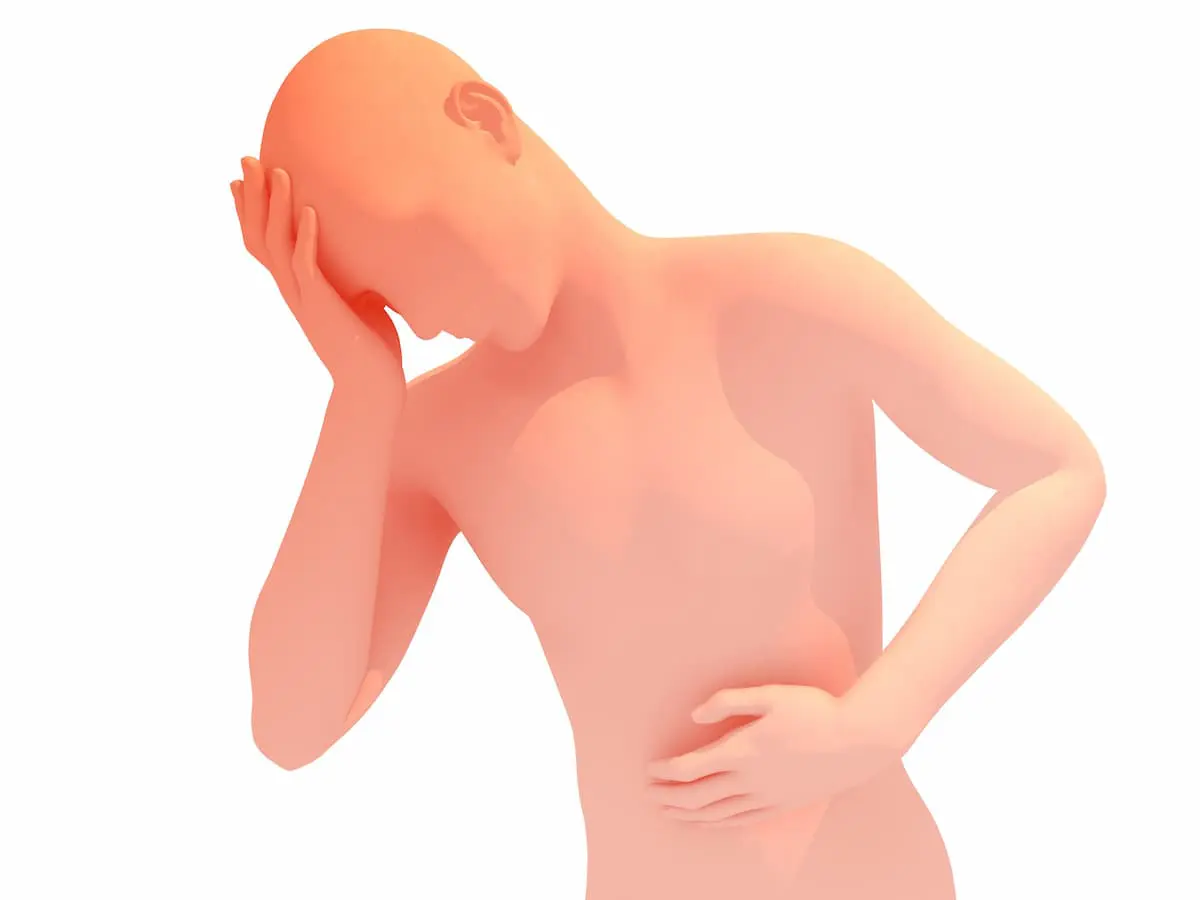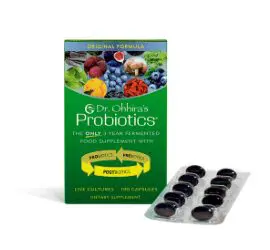By Ross Pelton, RPh, PhD, CCN
Scientific Director, Essential Formulas
Stomach acid is a critically important part of our immune system. People regularly ingest bacteria, viruses, and/or parasites from food, water (or other beverages), or, as infants and young children often do, from just putting objects or their fingers in their mouth. Any potential pathogens that are ingested get destroyed when they enter the stomach.
The levels of acidity and alkalinity are expressed on what is called the pH scale, which extends from 0 to 14. The midpoint at seven is considered neutral. pH values descending below 7 are increasingly acidic, whereas pH levels increasing above seven are increasingly alkaline or basic. The pH scale is logarithmic, meaning that each change of 1 pH unit is equal to a ten-fold change in acidity or alkalinity.

The acid in the stomach of a healthy individual is strongly acidic, and the pH in the empty stomach is around 1.5 to 2.0. The average pH in the intestines is approximately 6.4 to 6.8. For our discussion here, I want to explain the difference between the acidity in the stomach at pH 2.0 and the acidity in the small intestine at about 6.0. This is a difference between the 4 pH units. Since this is a logarithmic scale, 4 units is a difference of 10, 100, 1,000, 10,000. Thus, the acidity in the stomach is 10,000 times more acidic, or 10,000 times stronger acid than the acidity in the small intestine.
Stomach acid is so strong that it can dissolve metal. So why does the stomach not destroy itself if these acids are so strong? Glands in the stomach secrete mucus, a viscous substance that coats the lining of the stomach and protects it from digesting itself.
Heartburn & Acid Reflux
Ads from pharmaceutical companies regularly tell people that the pain from heartburn and acid reflux or GERD (Gastro-Esophageal Reflux Disease) is due to an excess of stomach acid. Their advertising has been very effective because PPIs (Proton Pump Inhibitors) and H2-blocker drugs that suppress the production of stomach acid are among the most commonly prescribed medications by physicians. Now, these drugs are even more readily available without a prescription.
However, the discomfort we call heartburn is usually not due to an excess of stomach acid. Heartburn is caused when stomach acid refluxes or backs up into the esophagus; the esophagus does not have a protective mucus lining. Thus, the acid burns the cells in the lining of the esophagus.
When people take acid-suppressing or acid-neutralizing medications, they will reduce the acid level in the stomach, which can reduce and sometimes eliminate the burning sensation. But this is not a cure for heartburn, and it is just treating the symptoms –merely providing temporary relief.
Frequently, stomach pain is due to an inflammation in the stomach lining, which is called gastritis. An overgrowth of a bacterium named Helicobacter pylori or H. pylori is another frequent cause of stomach pain. This bacterium actually bores a hole through the protective mucus lining, creating an ulcer.
In my book, The Drug-Induced Nutrient Depletion Handbooki I report that acid-suppressing and/or acid-neutralizing drugs like antacids, PPIs, and H2-blockers cause a depletion of vitamin B12, vitamin D, folic acid, calcium, magnesium, iron, and zinc. These nutrient depletions can lead to a wide range of other health problems. Therefore, people experiencing stomach pain and discomfort, or acid reflux are encouraged to seek the advice of a physician who is knowledgeable about treating and correcting the cause of these problems rather than just trying to suppress the symptoms. Physicians trained in this type of care are functional, complementary, or integrative medicine practitioners.
The following categories of postbiotic metabolites are weak acids: short-chain fatty acids, organic acids, nucleic acids, fulvic acids. These weakly acidic postbiotic metabolites help maintain a slightly acidic balance in intestinal ecosystem, which promotes the growth and proliferation of your beneficial probiotic bacteria and inhibits the growth of potentially harmful bacteria.
Dr. Ohhira’s Probiotics is produced in a multi-year fermentation process that results in the production of over 500 postbiotic metabolites. Each dose of Dr. Ohhira’s Probiotics directly delivers some of some of these slightly acidic postbiotic metabolites into the intestinal tract, thereby helping to maintain a healthy intestinal microbiome.






